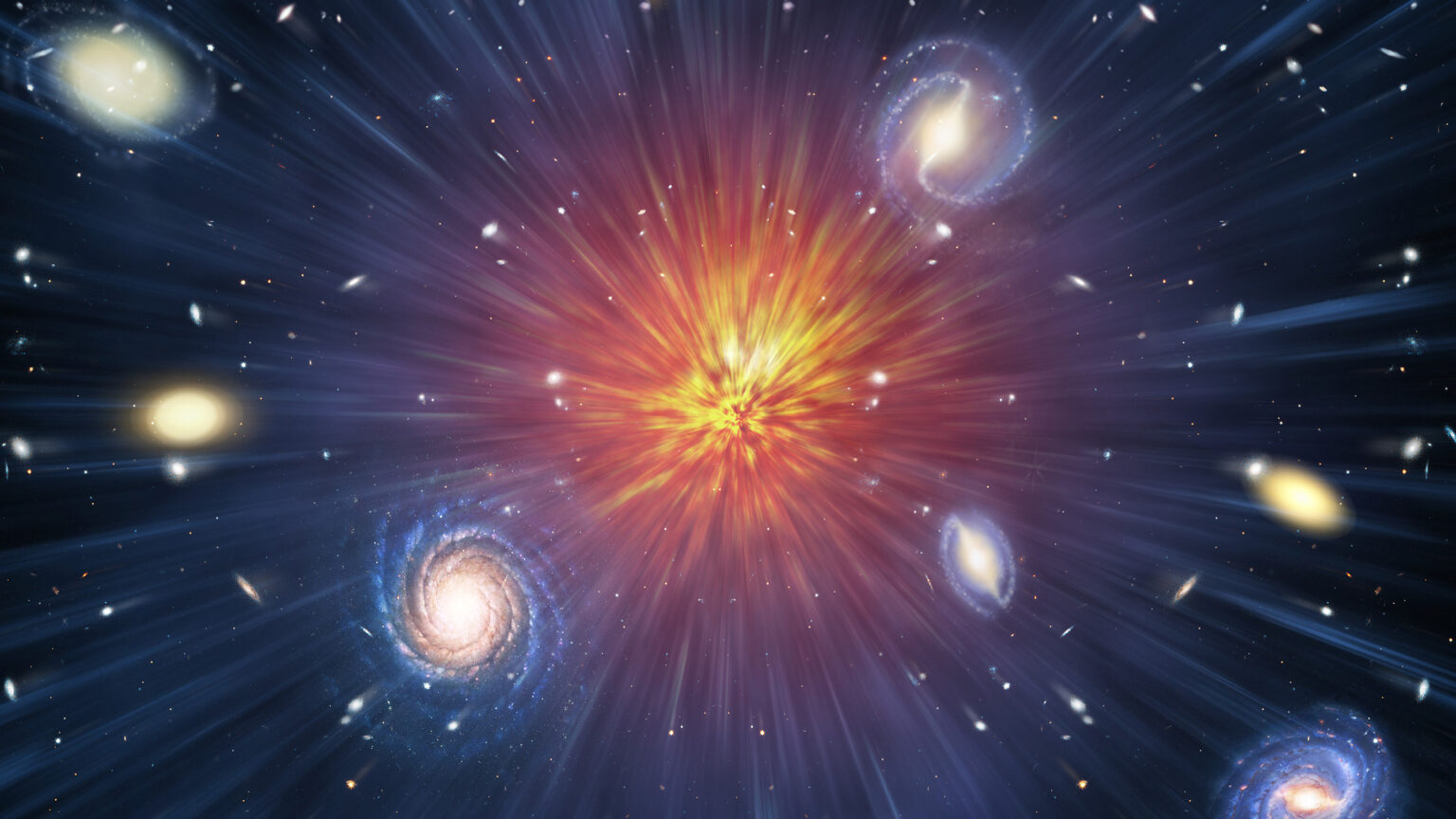Scientists have suggested that dark matter may exist within our Galaxy in the form of giant clumps, which they call q-balls. Researchers could see them thanks to the effect of gravitational lensing.

What is dark matter and how to find it
Astrophysicists are convinced that they have found a new way to observe dark matter. This amazing substance represents most of the matter in the Universe.But we still have no idea what it consists of.
Dark matter does not interact with the rest of matter in any way, except for gravitational influence. Therefore, traditional methods of observing space objects based on capturing reflected or emitted electromagnetic waves are inactive with them. We can only roughly guess that it is in large numbers around galaxies and affects their rotation.
Most scientists are sure that dark matter consists of some of the exotic types of fermions. These are the particles that matter mainly consists of, for example, electrons, protons and neutrons. However, it is also possible that it is made up of bosons — particles responsible for the interaction, for example, a photon.
And if the second hypothesis is correct, then dark matter should exist not only in the form of colossal clouds surrounding galaxies, but also in the form of much smaller, but still large clusters beyond the stars, which researchers call q-balls, or mysterious balls.
Gravitational lenses will help you find q-balls
If dark matter is really represented by bosons, and q-balls exist, then scientists are convinced that they will be able to see them. Of course, they will not be able to reflect or delay any electromagnetic waves, much less emit them.
But they can bend them with their gravitational field when they pass between some star and us. This effect is called gravitational lensing and it has been repeatedly observed in space, especially when it comes to distant galaxies.
Q-balls passing between the star and us should enhance its light. Scientists found that the effect would be tiny, but modern methods could track it. They tested whether modern theories could rule out the existence of microlenses and found that they did not, although these formations should account for only 5 percent of the total mass of dark matter.
According to phys.org
Follow us on Twitter to get the most interesting space news in time
https://twitter.com/ust_magazine

